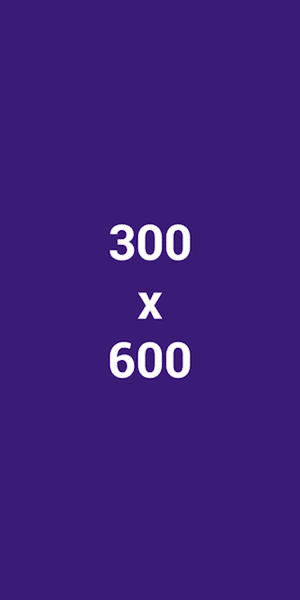In the evolving landscape of decentralized finance (DeFi), platforms that offer staking services have become central players. Lido Finance is one such platform that has recently reported noteworthy performance metrics, shedding light on broader market dynamics and user behaviors within the DeFi sector. Over the course of the past week, Lido Finance observed a significant uptick in its total value locked (TVL), witnessing an increase of 10.83%. As of September 23, the platform’s TVL surged to an impressive $25.18 billion.
The primary driver behind this increase has been identified as the rise in the price of Ethereum’s token. This uptick in value has, in turn, amplified the worth of assets staked through Lido Finance. However, it’s noteworthy that despite the overall growth in TVL, the platform experienced a net withdrawal, with 26,528 ETH being unstaked over the same period. This behavior suggests that while the platform is growing, a segment of its users opted to withdraw their assets, possibly realigning their investment strategies or taking profits amid the market’s dynamics.
An interesting metric to highlight is the seven-day annual percentage rate (APR) for staked Ether (stETH), which saw an increase of 27 basis points, reaching 3.17%. The heightened activity on the Ethereum network largely explains this rise. Increased network activities can lead to higher staking rewards as validators earn more from transaction fees distributed across the network. This development underlines the direct correlation between network utilization and staking rewards in the Ethereum ecosystem.
Moreover, the trading volume for stETH and its wrapped counterpart, wrapped stETH (wstETH), has seen a significant uptick, jumping 27.49% to reach $920.29 million. Such a substantial increase in trading volume denotes not only heightened liquidity but also suggests a growing interest in staked Ether derivatives within the DeFi markets. It’s an indicator of the vibrant trading activities and the confidence traders place in these financial instruments.
However, it’s not all uniform growth across the board. Bridged wstETH, which facilitates the representation of stETH on other blockchain networks, experienced a slight decline of 2.04%, summing up to 191,498 wstETH spread across multiple chains. The distribution and the changes in wstETH holdings vary significantly across different networks. For instance, the BNB Chain witnessed a considerable decline of 31.46% in wstETH holdings, perhaps signaling a shift in user preference or strategic reallocations towards more favorable networks. On the other end of the spectrum, Polygon saw its wstETH holdings grow by 5.65%, indicating an increase in user engagement with its Layer 2 scaling solutions.
This flux in the distribution of wstETH underscores the dynamic nature of DeFi strategies as participants continue to seek out the most optimal yields and efficiencies offered by varying networks. Additionally, the notable unstaking of ETH could be interpreted as an act of either profit-taking or repositioning by users in anticipation of market trends or shifts.
On the facet of liquidity and pooling, the amount of stETH within lending pools and restaking protocols demonstrated relative stability, with figures standing at 2.79 million and 1.36 million stETH respectively. This steadiness signals a sustained confidence among users in utilizing these platforms for generating passive income through lending and re-staking practices. Contrastingly, liquidity pools witnessed a significant decrease of 22.22% in stETH holdings, coming down to 74,800 stETH. This decline could potentially impact trading efficiencies and influence slippage rates for stETH pairs across decentralized exchanges.
Understanding these intricate details and patterns is imperative for stakeholders aiming to navigate the DeFi ecosystem effectively. The interconnection between staking rewards, network activity, and strategic asset allocation plays a critical role in shaping the market forces within the DeFi landscape.
The recent developments highlighted by Lido Finance provide a compelling snapshot of the ongoing dynamics within the DeFi space. As platforms continue to evolve and adapt, understanding these trends will remain crucial for participants looking to maximize their engagement with DeFi. For more trending news articles like this, visit DeFi Daily News.
Conclusion
The story of Lido Finance’s recent performance is a microcosm of the broader DeFi ecosystem – dynamic, evolving, and full of opportunities and challenges. Amidst the fluctuations of Ethereum’s price and the complexities of network activities, platforms like Lido Finance have showcased resilience and adaptability. While some users decide to unchain their assets, others continue to seek the rewards of staking, reflecting a diverse range of strategies and outlooks within the community.
The recent data presents not just a story of numbers and metrics, but a narrative of how decentralized finance continues to attract, engage, and sometimes perplex its participants. It’s a realm where the brave and the informed can navigate towards potentially lucrative horizons, amidst the ever-present challenges and volatilities. As we continue to witness the unfolding of DeFi’s potentials, it’s clear that the adventure is only getting more captivating. Strap in and stay informed; this journey is far from over.



















